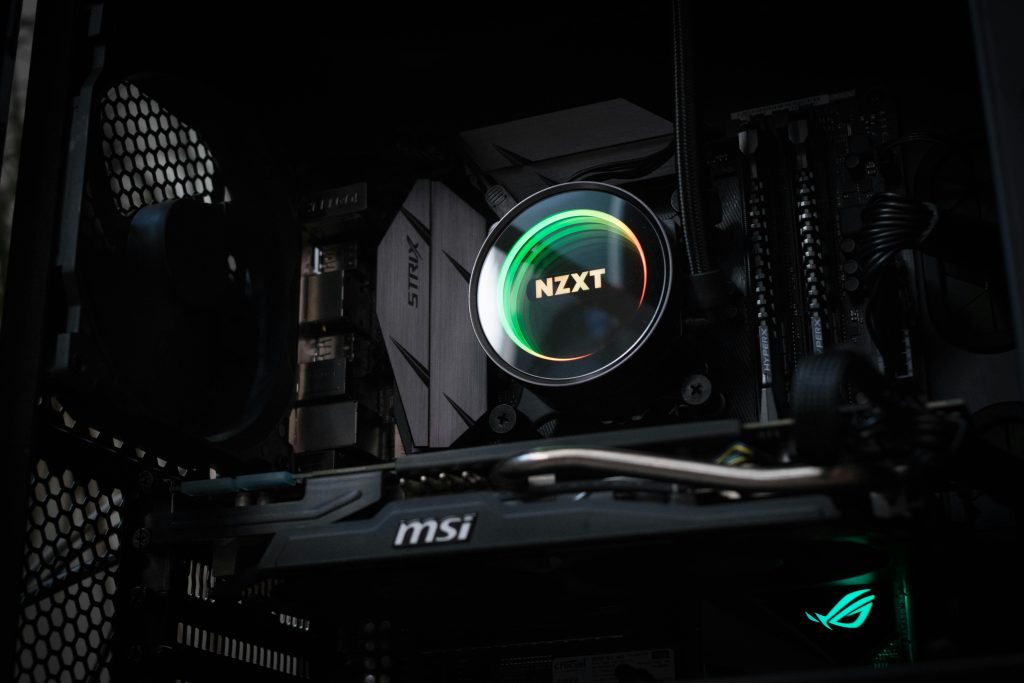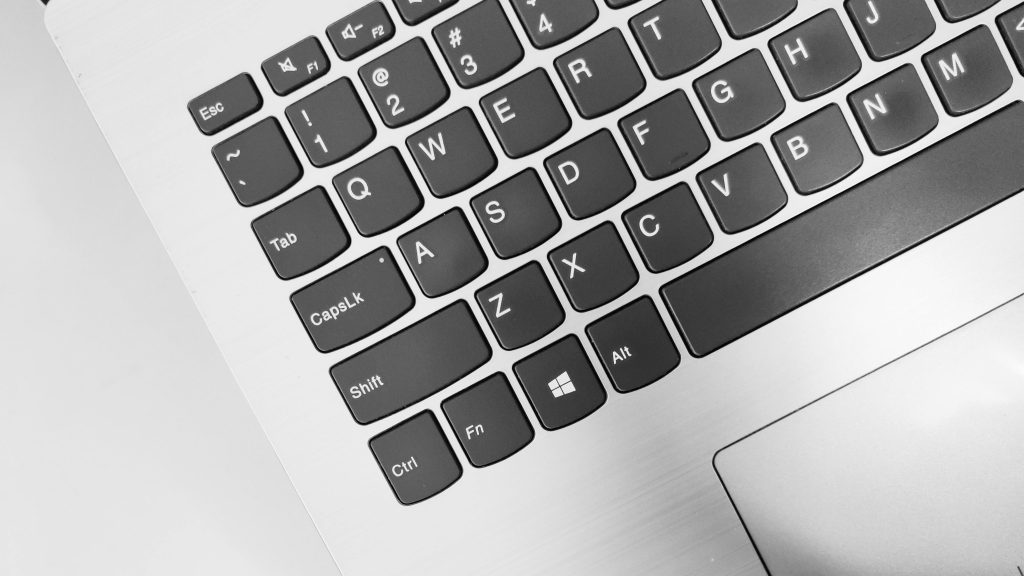Troubleshooting a Non-Booting PC: A Beginner’s Guide
Building or owning a PC can be an exciting journey, especially when it comes to gaming. However, encountering problems like a non-booting system can be frustrating, especially for newcomers. Such was the experience of one user who faced a perplexing situation with their second-hand PC, which initially ran games like Team Fortress without a hitch. Let’s delve into their story and explore some potential solutions for common booting issues.
The Situation
After enjoying some gaming time, the user’s display unexpectedly indicated “display entering sleep mode.” In a moment of annoyance, they decided to restart the computer. While the power indicator lit up, the monitor continued to display the same message. Despite attempts to troubleshoot by disconnecting and reconnecting the system, the PC failed to power on completely.
Signs of Power
Although the user noticed their RGB keyboard lighting up when plugged in, indicating that there was some power reaching the components, the absence of spinning fans and overall inactivity suggested something may have gone awry. This led to feelings of uncertainty and the quest for answers.
Strategies for Troubleshooting
If you find yourself in a similar situation, don’t panic! Here are a few troubleshooting steps you can take to determine the cause of your non-booting PC:
-
Check Connections: Ensure that all cables are securely connected. This includes power cables to the motherboard and peripherals. A loose connection could prevent your system from booting.
-
Inspect Power Supply: The power supply unit (PSU) might be faulty. If possible, test with a different PSU to rule out power issues.
-
Examine Components: If you are comfortable doing so, open up the case and inspect the internal components. Look for any signs of damage on the motherboard, RAM, and GPU. Reseating these components can sometimes solve connection issues.
-
Listen for Beep Codes: Many motherboards emit beep codes during the boot process to indicate specific problems. If your system has a speaker, take note of any sounds it makes upon startup; consult your motherboard’s manual for interpretation.
-
Perform a Hard Reset: Disconnect all peripherals and perform a hard reset by removing the power cord and pressing the power button for about 10 seconds. Reconnect power and try to boot again.
-
Seek Professional Help: If you’re unsure about performing these troubleshooting steps on your
Share this content:




If your PC has power but won’t boot, there are several troubleshooting steps you can follow to identify and resolve the issue: